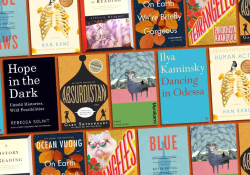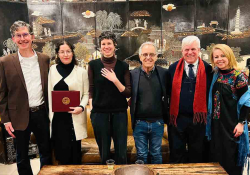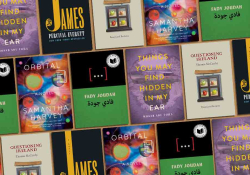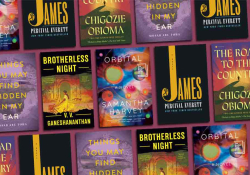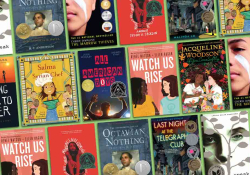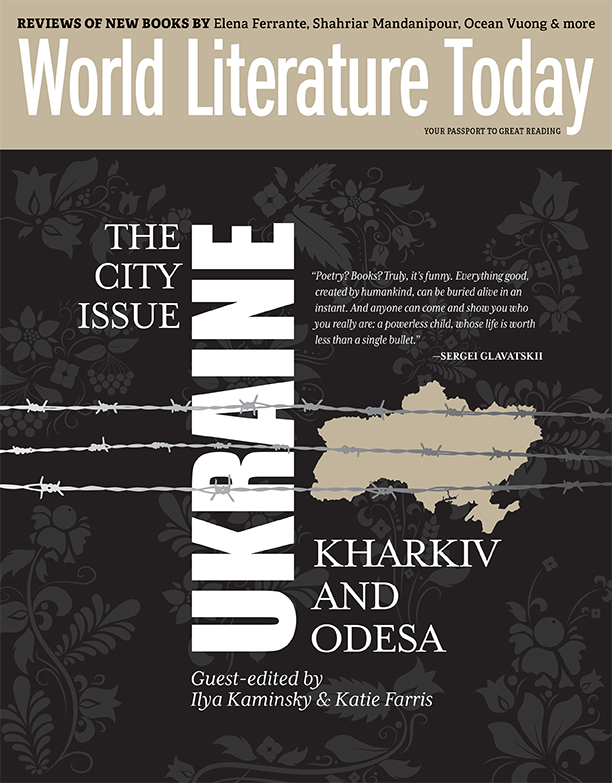20 Years Ago in These Pages
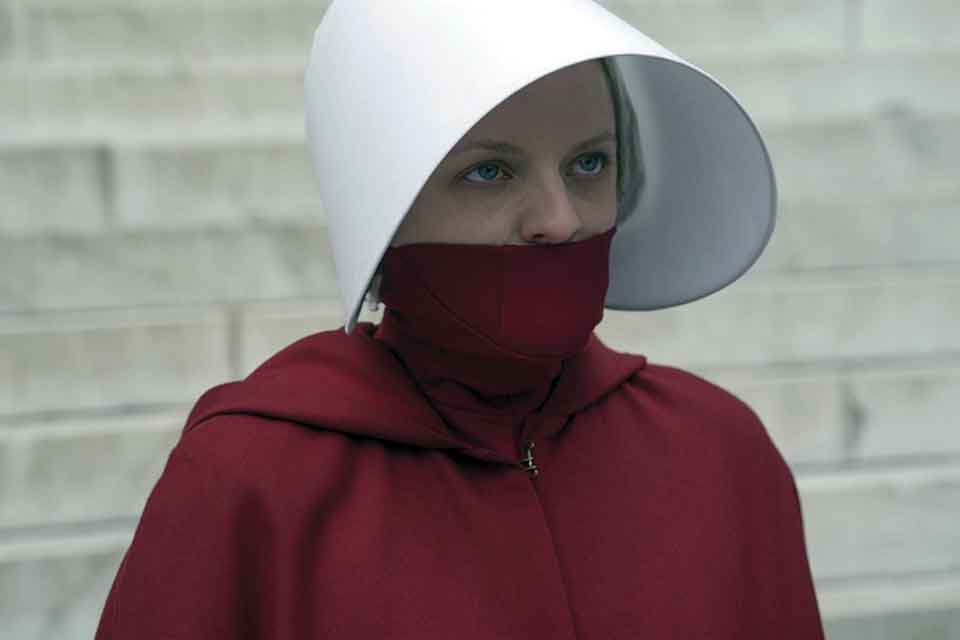
“When Margaret Atwood’s novel The Handmaid’s Tale appeared in 1986, readers regarded it as interesting science fiction. . . . Atwood has described the work as a hypothetical look at what could happen if right-wing rhetoric were actually empowered. . . .
Atwood saw cultural conditions that might support the oppression of women. Most of her readers did not. We read with interest, not with empathy. We could not imagine our America in ruin. We could not imagine ourselves as Marthas or Econowives or Handmaids. We failed to imagine a government ruled by religion. We entertained ourselves with an unbelievable story, but Atwood had predicted the Taliban. . . .
For those of us who read The Handmaid’s Tale as pure science fiction, let’s read it again. Instead of visualizing Offred, a white woman whose face is obscured by blinders, let us imagine a Middle Eastern woman hidden by the burka. As Offred plays a secret game of Scrabble, let’s remember the women who risked their lives by teaching Afghan girls. When Gilead kills its rebels, let’s be reminded of the senseless cruelties in Afghanistan and beyond.
If we were not frightened by this book, if it remained ‘powerless to scare,’ that is a fault of our own. We failed to think outside our comfortable borders. We failed to imagine a world unlike our own. We failed to recognize the hegemonic force of complacency. Atwood succeeded beyond our comprehension, and for that her novel deserves renewed interest.”—Mary E. Adams, “Rereading Atwood after the Taliban,” WLT 76, nos. 3–4 (Summer 2002): 74–75
